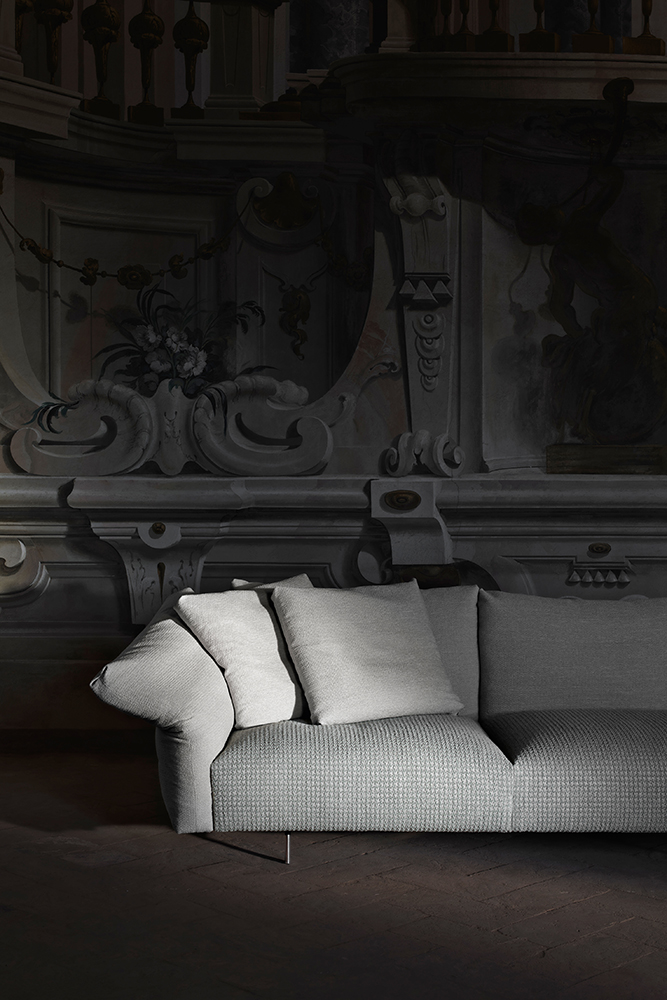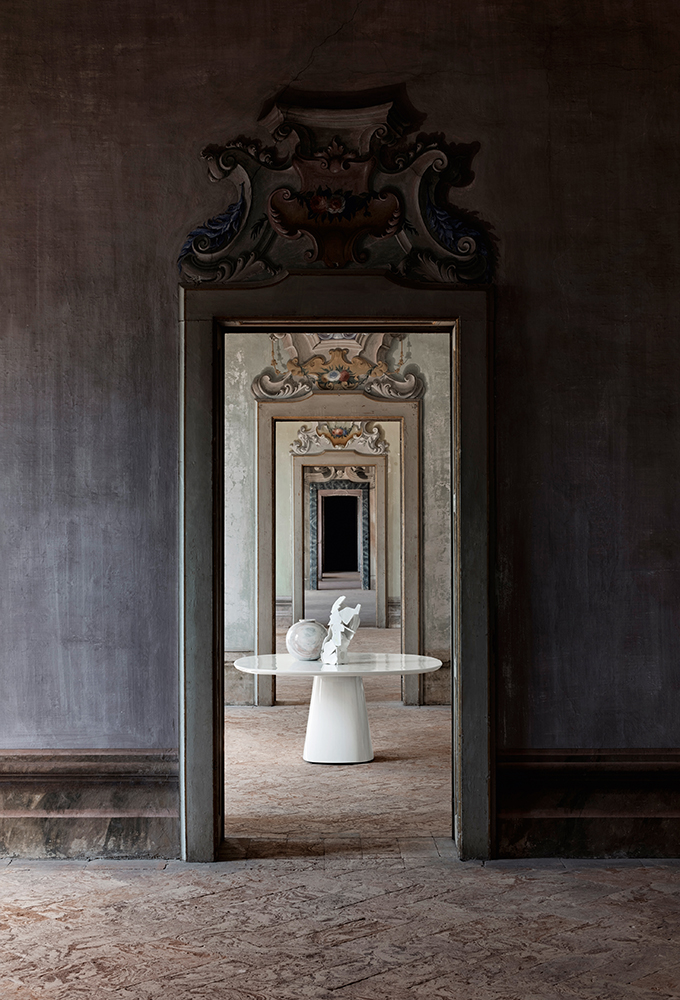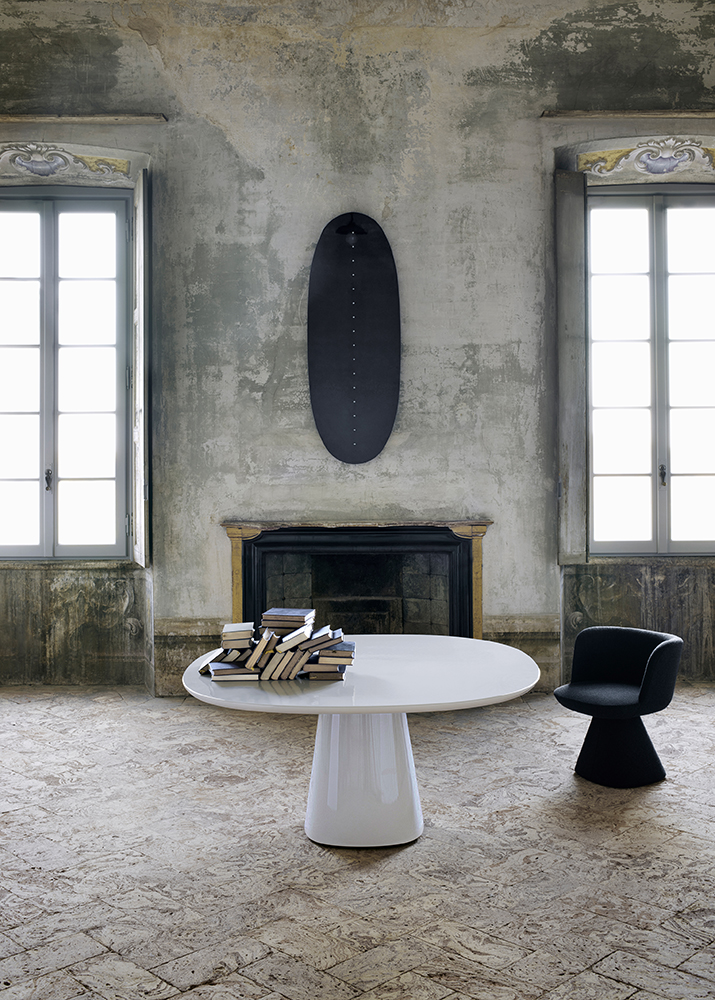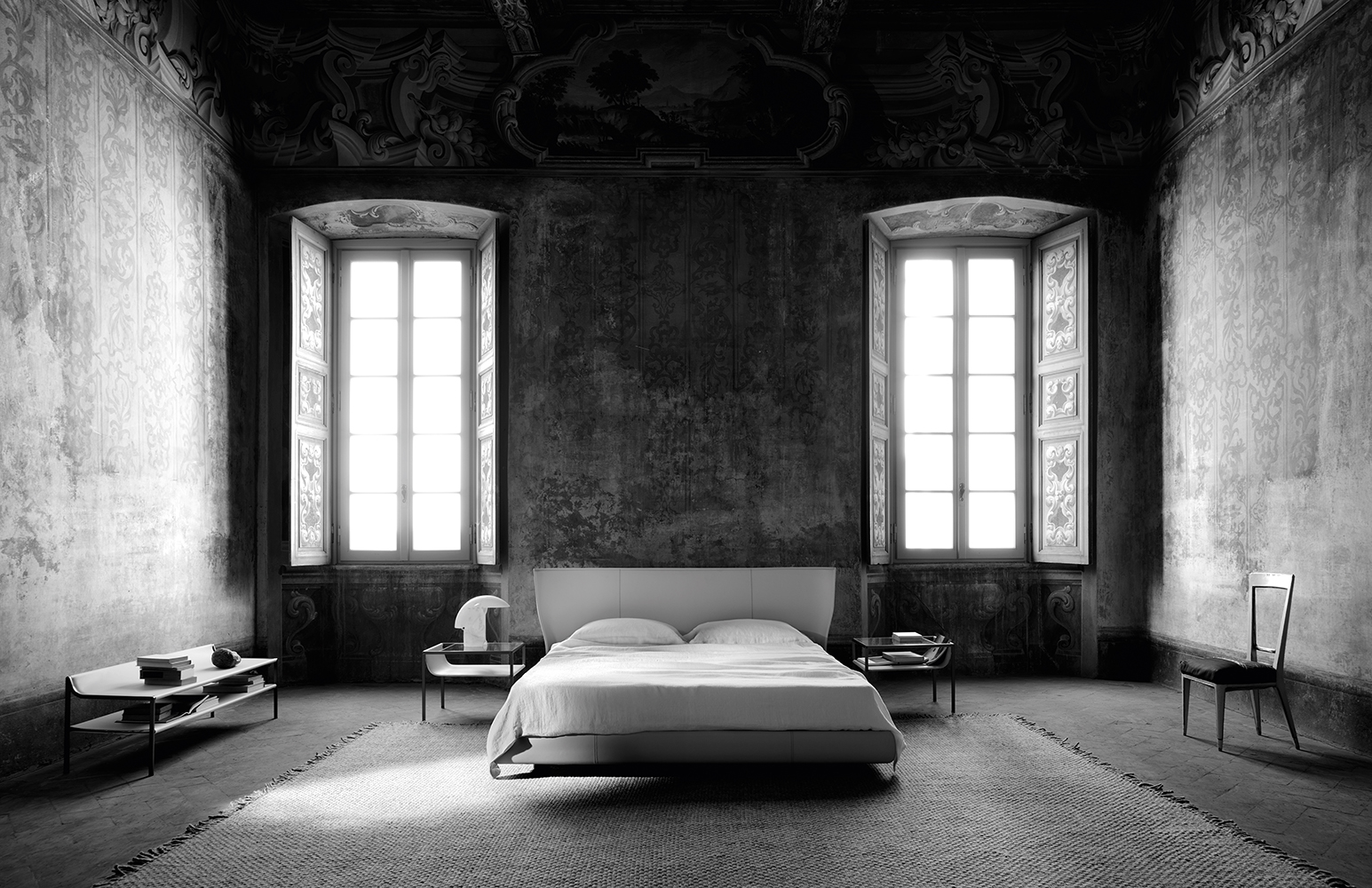‘In this work of very rare judgement, nature and art competed with his gifts to make it unique to Insubria, and famous beyond the borders of Italy: sculpture and painting reign here, and statues and Colossi were brought from very distant parts, with a thousand relics of Roman greatness, they evoke no envy for the luxuries of that same Empire. I omit the inventiveness of the fountains, the walled forests, the domestic beasts, the peregrines, and all that is marvellous elsewhere, collected here almost as if in a theatre …’
With these words in a letter from 1632, the architect Francesco Richini, the designer of notable religious and patrician buildings in the Province of Milan, thanked Galeazzo Arconati for having hosted him at his villa on the outskirts of the city during the Manzoni plague two years earlier.
It is therefore precisely to the residence that the above panegyric is directed. Although laden with rhetorical emphasis, his words convey the vision and ambition that had inspired Arconati to design the extraordinary villa that still bears his family’s name four centuries later in today’s Bollate, within Parco delle Groane.


A feudal lord of the Pieve di Dairago, as well as cousin and protégé of Cardinal Federico Borromeo, Galeazzo Arconati was a patron, refined collector, and amateur architect. These inclinations led him to purchase the Castellazzo property in 1610, with the related ‘nobleman’s house’ and service buildings. The idea was to build a sumptuous residence to celebrate the family’s prestige and house an already considerable art collection. This would soon be enriched with twelve manuscripts by Leonardo, including the Codex Atlanticus and Codex Trivulzianus 2162, later donated to the Braidense Library, and the imposing 1st-century marble statue of Tiberius which is still at the villa.
Upon Galeazzo’s death in 1648, the project was still unfinished and would remain so until it was taken up by Giuseppe Antonio Arconati, who began work on it again in 1742, inspired primarily by the palace at Versailles. The south-west wing was built, and the west and south wings remodelled in the Lombard Baroque style. During this period, the residence took on its present appearance and size, with 70 finely decorated rooms spread over 10,000 square metres. The 12 hectares of gardens were also largely redesigned in the French style, with the addition of innumerable fountains and water features and a parterre with a menagerie of exotic animals in front of the southern façade.
When the last of the Arconati family died, the villa passed first to the Busca cousins in 1772 and then to the Crivelli family in the mid-20th century. A long period of substantial neglect followed, ending in the early 1990s when the residence and gardens were purchased by a property management company. Since 2011, Villa Arconati has been home to the Augusto Rancilio Foundation, which is engaged in a major restoration project and promotes cultural and educational activities. Since 2015, it has been open to the public every Sunday from April to December, while some rooms are used for private events.

































